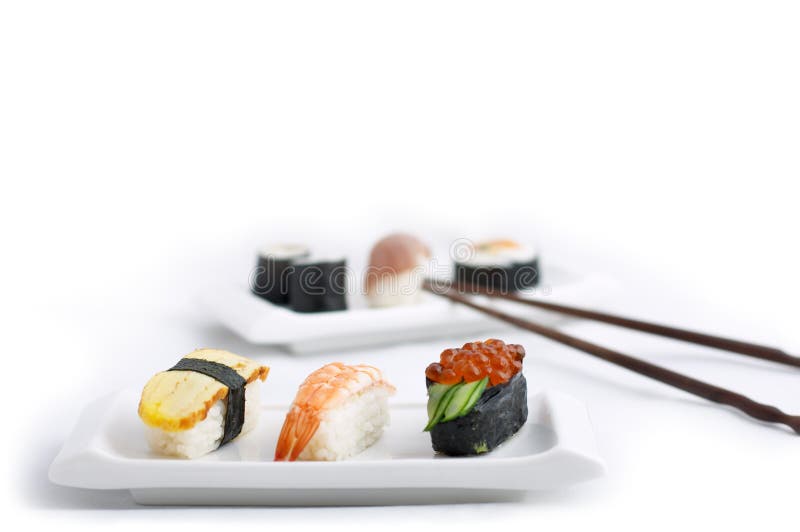
Komochi konbu is also produced in the U S A ( California and Alaska) and Russia. The kelp is packed in brine and shipped, or frozen for storage up to a year. Serving innovative, locally sourced cuisine in beautiful upstate South Carolina since 2002. 5,341 likes 104 talking about this 8,103 were here. Firstly, the increasing fascination with new flavors by the post-hippie yuppies of the 1980’s soon expanded beyond spicy and savory to the pickled exactly where herring sat. The herring instinctively spawn on the kelp or other suitable surfaces, Once the fish have spawned, they are released and the spawn-covered kelp is harvested. Blue Heron Restaurant, Pendleton, South Carolina. A hint of shiso, green onion and a fragrant dab of a vibrant emerald paste crafted from ginger add an aromatic dimension to the sushi. Herring that sour, fishy, smelly food of poverty and un-Americanness, was out, canned pears and mayonnaise were in. Sushi Septemby Admin 4.

Then there is his “nishin” (herring), where the warm, slightly sweet, slightly salty shari complements a thick slice of rich herring. Sushi - Hackensack, NJ 07661 - Menu, Hours, Reviews and Contact Ms. He then layers the thin slices over one another and juliennes them before molding the strands delicately over shari. Lee creates a melt-in-your-mouth, umami bite with “yari-ika” (spear squid) by slicing it horizontally into thin, wide layers. When the components start to fuse together, from shari to wasabi to neta, the result is quite simply, delicious. “Wasabi acts a bridge between the neta and the shari,” said Lee, who does not skimp on the fiery, fragrant root-turned-paste when dabbing it onto shari before topping it with neta. When crowned with neta this shari holds its own, heightening, it seems, the sweet and umami flavors of the sushi topping itself.įor the chef, who has been honing skills for over eight years in both Korea and Japan, shari is important, indeed, as well as the many other components that go into the construction of sushi, including wasabi. Throughout the meal, he frequently has small portions of shari replenished so that it is consistently warm from beginning to end.

One can see how seriously Lee takes his shari when watching him in action. “Since the flavors of the salt in the shari are strong, we keep the rice warmer than one’s normal body temperature,” said Lee, who believes that the warmth of the rice heightens its natural sweetness and therefore serves shari at around 38 degrees Celsius.


 0 kommentar(er)
0 kommentar(er)
